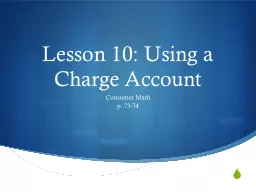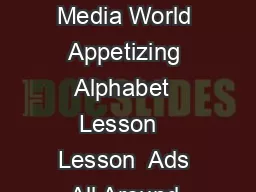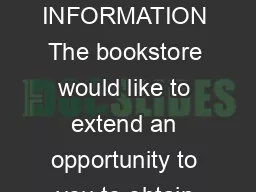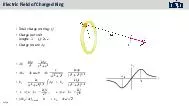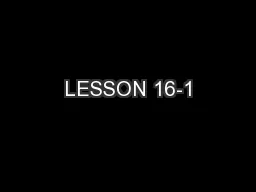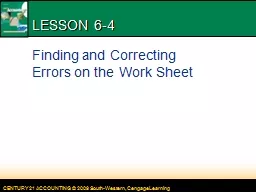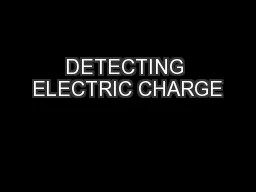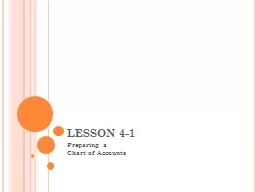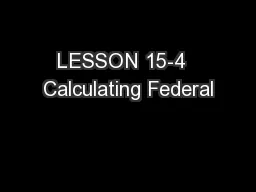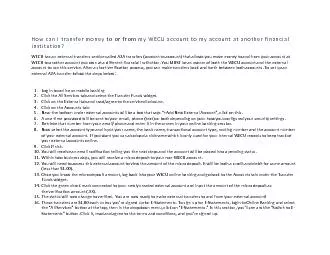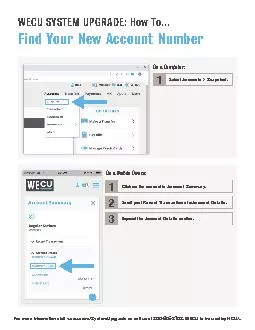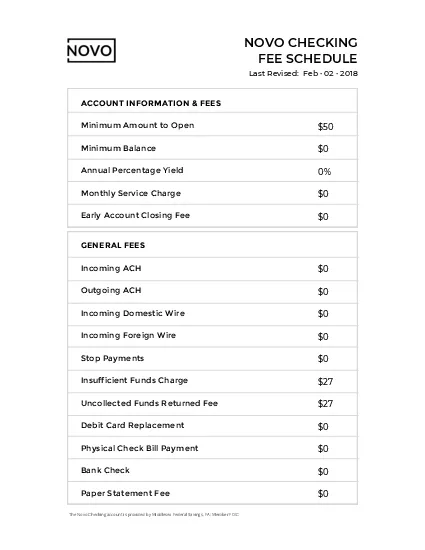PPT-Lesson 10: Using a Charge Account
Author : trish-goza | Published Date : 2016-09-04
Consumer Math p 7374 Key Words Charge account an account with a store or company to which goods are charged and then paid for at a later date Minimum Payment
Presentation Embed Code
Download Presentation
Download Presentation The PPT/PDF document "Lesson 10: Using a Charge Account" is the property of its rightful owner. Permission is granted to download and print the materials on this website for personal, non-commercial use only, and to display it on your personal computer provided you do not modify the materials and that you retain all copyright notices contained in the materials. By downloading content from our website, you accept the terms of this agreement.
Lesson 10: Using a Charge Account: Transcript
Download Rules Of Document
"Lesson 10: Using a Charge Account"The content belongs to its owner. You may download and print it for personal use, without modification, and keep all copyright notices. By downloading, you agree to these terms.
Related Documents

